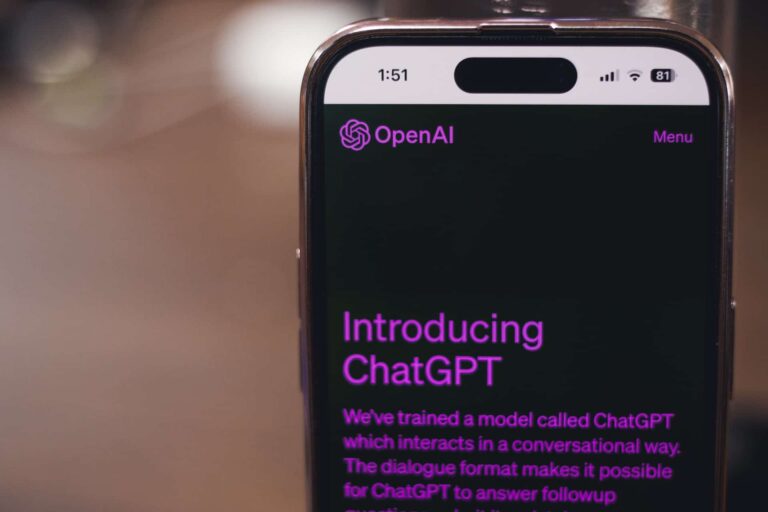To talk about Artificial Intelligence is to put oneself in the eye of the storm. Every day there are technical novelties, doubts and ambitions, mistakes to be corrected, and new perspectives previously unthinkable.
The IT sector is no exception. In fact, it is perhaps the closest to this revolution. One begins to wonder whether generative AIs, that is, current ones like ChatGPT, can generate code and develop apps and programs on their own.
The short answer is yes, they can, albeit with patience and limitations to consider: let’s look at some perspectives and how an AI will be able to create an app from scratch.
Table of Contents
Why generative AI is also making a difference in computing
The “big talk” about AIs is recent, but in fact this has been a developing field for quite some time. Even considering only modern ones, AIs have been a common feature for at least 30 years.
Machine intelligence is present in so many devices that we use every day, just think of the example of games and video games. What we commonly call the “computer” is nothing more than an AI, which tries to beat us, if necessary by adapting itself to us.
This element is most visible in sports video games, where the AI reacts to any movement or tactic we use. But one need only think of the Deep Blue computer that defeated chess champion Kasparov in the 1990s.
So why does it all seem so new to us?
The difference is that today’s ones, like ChatGPT, are generative AIs. The term indicates that they are capable of generating responses of various types (textual as ChatGPT itself, image as Midjourney does, and so on) in the face of a prompt, that is, a request, from the user.
Just as it can find answers, generative AI can create them. And it does so by cross-referencing all the data and information it has available. This sense of creating out of thin air (which out of thin air it is not: it starts with data and prompts) has put ChatGPT and similar services on the map.
The current code capabilities of ChatGPT and AIs
Currently, a generative AI, such as ChatGPT or Bing, can already generate code and support in creating applications. However, it must be remembered that, in spite of everything, we are still at an early stage. AI is currently highly dependent on the human.
If we ask ChatGPT about its capabilities in terms of code and app creation, it will probably answer that it can do it, but it will set limits for itself in terms of reliability.
In particular, it will answer that reliability drops as the complexity of the code it has to generate increases. It will also say that it cannot guarantee that it will generate 100% correct code. Human supervision is compulsorily needed to check for goodness and errors.
We have tried asking an AI for JAVA or HTML code for very simple functions, such as generating random numbers, mathematical operations, or to display images from the Web. And the requests were all successful.
Can ChatGPT create apps from scratch? The future possibilities of AI
These simple codes work perfectly, but they are basic actions. Despite what the AI itself says, then, will a ChatGPT be able to do significantly more complex things in the future?
The answer is probably yes, but first of all, it is too early to know for sure because these systems are still under development. Also, we need to see under what conditions, such as how much supervision and verification they will need.
Some are betting fully on it, such as Amazon with its new AI suite, Bedrock. Announced very recently, Bezos’s big tech promises that AI will be comprehensively integrated for so many developer companies thanks to the Titan language.
Amazon, by the way, unveiled that some of these AIs have already been used. For example the one to generate relevant search results on the e-commerce site. According to the ambitions of these companies, the future seems to be heading toward a giant yes.
At the moment ChatGPT-style AIs are already very efficient (and already widely used) especially in supporting humans. For example by submitting code to them to find bugs and compilation errors.
As mentioned it will still take some evolution to go much further. And it is likely that human support will never stop being needed. Yet the creation of apps and software is also likely to change its face completely. The detailed ways we will find out later.
Read also: Artificial intelligence, 4 ways to find out if an image is AI-generated












